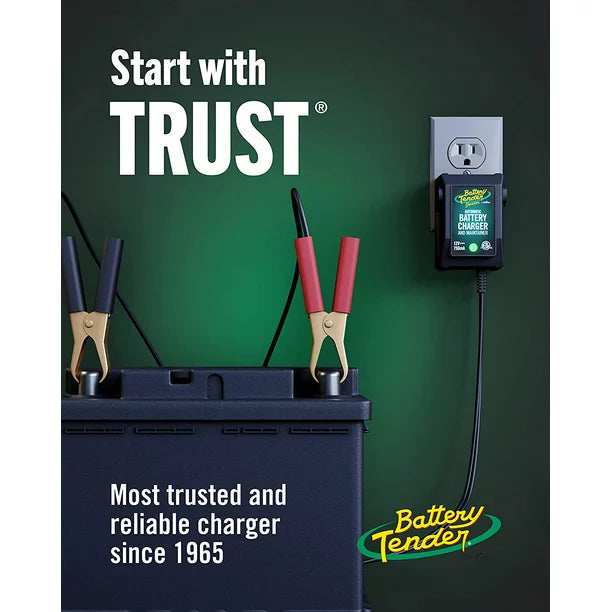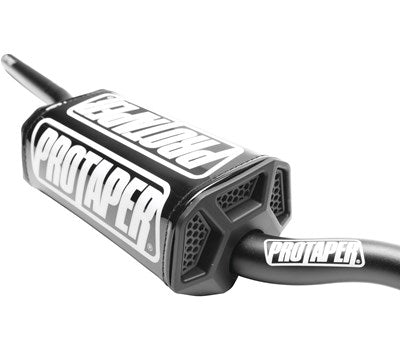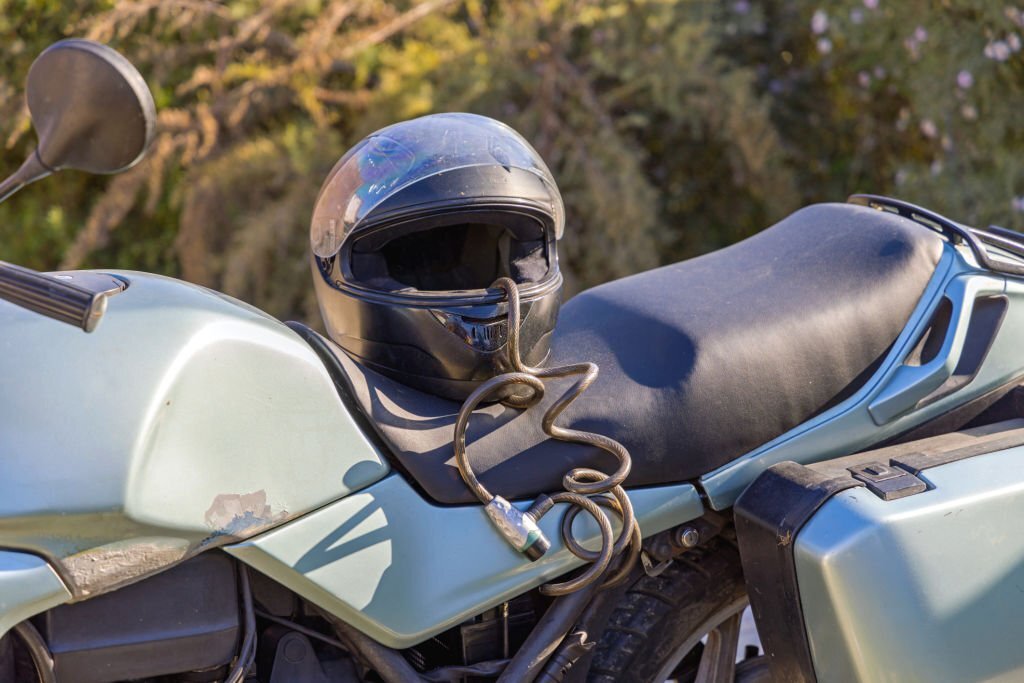As a motorcycle owner, it's essential to understand how cold weather can affect your motorcycle battery's performance and take the necessary steps to protect it during the winter months. Proper motorcycle battery care in cold weather ensures that your battery remains in optimal condition, extending its lifespan and preventing unexpected issues. In this article, we will explore essential tips and precautions for maintaining your motorcycle battery in freezing temperatures.
Can the Cold Ruin a Motorcycle Battery?
The cold weather can indeed have a negative impact on a motorcycle battery, especially if it is not adequately prepared or maintained. When temperatures drop, the chemical reactions within the battery slow down, reducing its ability to deliver power efficiently. In extremely cold conditions, the battery may even freeze, leading to irreversible damage. Therefore, it is crucial to take proactive measures to protect your motorcycle battery during the winter months.

Should I Take the Battery out of My Motorcycle for the Winter?
Removing the battery from your motorcycle during the winter is a personal preference and depends on your specific circumstances. While it is not a requirement for all motorcycles, some riders prefer to remove the battery and store it in a safe place, such as a garage or basement, where temperatures remain more stable. This approach can help prevent the battery from freezing and minimize the risk of damage. However, if you choose to keep the battery in the motorcycle, proper precautions should be taken.
What Temperature is Bad for a Motorcycle Battery?
The threshold for temperatures that can negatively impact a motorcycle battery varies depending on the type of battery. Lead-acid batteries, commonly found in motorcycles, can start experiencing performance issues when exposed to temperatures below freezing (32°F or 0°C). It's important to note that the effects of cold weather on a battery can be more pronounced if the battery is already weakened, discharged, or nearing the end of its lifespan.
Is it OK to Leave a Motorcycle Battery Tender On All the Time?
Using a motorcycle battery tender or trickle charger during the winter months is a recommended practice to maintain the battery's charge and prevent it from discharging excessively. These chargers provide a low, steady current that keeps the battery in an optimal state without overcharging. It is generally safe to leave a battery tender connected to your motorcycle battery for extended periods, as most modern battery tenders are designed to automatically switch to a maintenance mode once the battery is fully charged.

Deltran Junior 800 12V Lead Acid or Lithium Battery Tender
How Long Can a Motorcycle Battery Sit Unused?
The length of time a motorcycle battery can sit unused without losing its charge depends on various factors, including the battery's condition, age, and temperature. On average, a fully charged motorcycle battery can typically sit idle for one to three months without significant discharge. However, it's important to periodically check the battery's charge level and recharge it if necessary to prevent it from depleting completely.
How Do I Keep My Motorcycle Battery Charged When Not in Use?
To keep your motorcycle battery charged when not in use, follow these essential steps:
-
Disconnect the Battery: If you decide to keep the battery in the motorcycle, make sure to disconnect the negative (black) terminal to prevent any parasitic drain that may occur from electrical components.
-
Store in a Controlled Environment: If you remove the battery, store it in a cool, dry place away from direct sunlight and freezing temperatures. A garage or basement is an ideal location.
-
Use a Battery Tender: Connect a quality battery tender or trickle charger, like an Optimate Charger to the battery. These chargers are specifically designed for AGM (Absorbed Glass Mat) batteries, commonly used in motorcycles. They provide a gentle and consistent charge, keeping the battery at an optimal level without the risk of overcharging.
-
Regularly Check the Battery: During periods of inactivity, periodically check the battery's voltage using a multimeter or a battery tester. If the voltage drops below a certain threshold (usually around 12.4 volts), recharge the battery immediately to maintain its charge and prevent it from becoming fully discharged.
-
Inspect and Clean the Battery: Perform regular visual inspections of the battery to check for any signs of corrosion or damage. Clean the battery terminals and connections using a mixture of baking soda and water, ensuring they are free from dirt and corrosion. This helps maintain good electrical contact and prevents voltage loss.
-
Protect from Freezing: If you choose to keep the battery in the motorcycle, ensure it is adequately protected from freezing temperatures. Consider using a battery insulation kit or a battery blanket, which helps retain heat and prevent the battery from freezing.
-
Warm Up the Battery: Before starting your motorcycle in cold weather, allow the battery to warm up slightly by turning on the ignition and waiting a few moments. This helps improve the battery's performance and reduces the strain on it during startup.
What is the Lifespan of a Motorcycle Battery?
The lifespan of a motorcycle battery varies depending on several factors, including its type, usage patterns, maintenance, and environmental conditions. Generally, lead-acid batteries, commonly found in motorcycles, can last anywhere from two to five years with proper care. On the other hand, lithium batteries have a longer lifespan, often lasting up to eight years or more.
How Do You Know if Your Motorcycle Battery is Dying?
There are several signs that indicate a dying motorcycle battery. Pay attention to the following symptoms:
-
Slow Engine Crank: If your motorcycle engine cranks slowly or struggles to start, it may be a sign of a weak battery.
-
Dim Lights: Dim headlights, taillights, or dashboard lights can indicate a failing battery.
-
Frequent Jump-Starts: If you find yourself needing to jump-start your motorcycle battery frequently, it may be a sign of a deteriorating battery.
-
Swollen Battery Case: A swollen or bloated battery case is a clear indication of internal damage and requires immediate replacement.
-
Old Age: If your battery is approaching or exceeding its expected lifespan, it is more likely to experience performance issues and may need replacement.
By recognizing these warning signs and taking prompt action, you can avoid being stranded due to a dead battery and ensure a smooth riding experience.
Stay tuned for the next parts of this article, where we will further explore motorcycle battery care in cold weather and provide additional tips to maximize your battery's performance and longevity.
Note: The information provided in this article is general in nature. It is always recommended to refer to your motorcycle's owner manual and follow the manufacturer's guidelines for specific battery care instructions.





